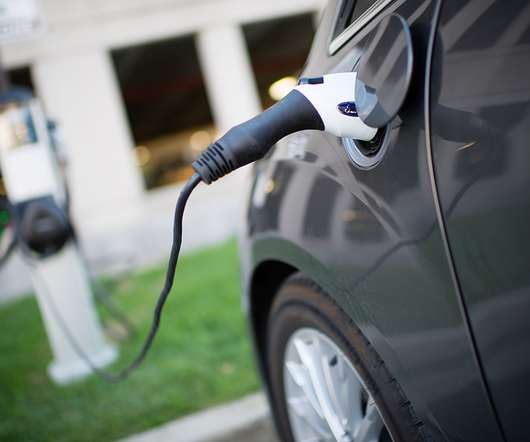Roskill forecasts Li-ion battery demand to increase more than ten-fold by 2029 to >1,800GWh
Green Car Congress
JUNE 9, 2020
Roskill forecasts that Li-ion battery demand will increase more than ten-fold by 2029, reaching in excess of 1,800GWh capacity. In the late 2020s, Li-ion technologies could see increasing competition from other battery technologies, though Li-ion cells are expected to maintain their dominant position, Roskill said.

















Let's personalize your content